For your information
You are being redirected to one of our divisional subsites which contains more detailed information on the required division. To navigate back to the main Invicta Group site, please click the link found in the footer at the bottom of the page.
- Durasteel
Discover the benefits of Durasteel
- Systems
Systems
- Expertise
Expertise
-
Applications
- Aircraft Hangar Fire Protection
- Battery Storage Facilities
- Building Fire Compartmentation
- Anti-Terrorist Blast Protection
- Cable Tunnel Fire Compartmentation
- Equipment Delivery Hatches
- Equipment Enclosures
- Heat Shields
- Power Station Fire Protection
- Metro and Rail Fire Protection
- High Voltage Cable Protection
- Substation Fire & Blast Protection
- Tunnel Fire Protection
- Oil & Gas Fire & Blast Protection
- Ventilation Systems
- Wind Farm Fire Protection
-
Applications
- Projects
- Insights
Insights
-
Articles
- Blast Protection System Design Considerations & Design Criteria
- How to Conduct a Fire Risk Assessment for Factories and Warehouses
- Minimising the Risk of Fire, Blasts & Explosions in the Middle East
- Understanding Integrity, Stability and Insulation in Passive Fire Protection
- Triangle of Fire & Active vs Passive Fire Protection
- Frequently Asked Questions
- A to Z of Terms
-
Articles
- Contact
Contact

UK +44 1843 220 256

US +1 305 328 9444

UAE +971 4 277 6225

Qatar +974 4441 4340

India +91 99 0355 9793

Malaysia +60 16 286 6225
- Start your project
How to adapt your fire safety policies after coronavirus
3rd December 2020
Quick Quote
Contact Fraser Shearer Sarun Vysakham Ben Tan Azim Rizvi Anand Raghavan Our USA Office
To get a quotation or arrange a free site survey - Call Fraser Shearer Sarun Vysakham Ben Tan Azim Rizvi Anand Raghavan Our USA Office on
-
 UK
UK
-
 UAE
UAE
-
 Malaysia
Malaysia
-
 India
India
-
 Qatar
Qatar
-
 USA
USA
Current location:
Quick Quote
Contact Fraser Shearer Sarun Vysakham Ben Tan Azim Rizvi Anand Raghavan Our USA Office
-
 UK
UK
-
 UAE
UAE
-
 Malaysia
Malaysia
-
 India
India
-
 Qatar
Qatar
-
 USA
USA
Current location:
As employees across the country return to their workplaces, there are many considerations around how to work safely. While most businesses are aware of their responsibility to enact social distancing and provide PPE, fewer will have thought about the impact the virus might have on the fire safety of their premises.
The realities of social distancing and coronavirus protections mean that fire safety is likely to change for the foreseeable future. On top of this, businesses returning to premises that have been left empty may have checks to carry out. Here are just a few tips on what you should be looking for, and the changes you may need to instigate to adapt your fire safety policies for coronavirus.
1. Check active fire protection
Most facilities will have some form of active fire protection, such as fire alarms and sprinklers, which is activated in the event of a fire. These systems rely on buttons, switches, sensors and electrics, any of which may have stopped functioning in the time that you’ve been away from your site. One of the first things you do should be to test these systems, and ensure that they are working properly.
Active fire protection systems that need to be checked may include:
- Fire extinguishers
- Sprinklers
- Fire alarms
- Fire blankets
- Smoke control systems
Conducting a full fire safety risk assessment on your return to the workplace should flag up any issues, such as the expiry of extinguishers or non-functioning alarms. It may also be a good idea to test your fire response, and arrange a fire drill soon after returning. This will let you road test your alarm system without undue interruption, and act as refresher training for staff.
2. Adjust evacuation protocols
One of the most important things you will have to consider when returning from lockdown is how to weigh coronavirus safety against general safety. In terms of fire safety, this means considering your evacuation protocols, and whether you can safely evacuate while maintaining social distancing. While coronavirus safety is clearly important, the risk to life posed by a fire is arguably greater and more immediate.
Evidence suggests that the greatest danger of coronavirus transmission is through prolonged contact, whereas small periods of exposure are unlikely to spread the virus. If it is possible to safely maintain social distancing while evacuating, then you should attempt to do so, but this should not hinder the evacuation process. Once you are at an evacuation point, however, it is prudent to keep people a minimum of 2m apart.
3. Check routes of egress
There may be some instances in which neighbouring workplaces or aspects of a larger building remain closed while others return to work. This has the potential to jeopardise fire safety plans, as a fire could start in an empty area while another area is occupied, with no way to address it. Routes out of the building or site may also be closed off due to the lack of occupants, although fire doors should always remain unlocked.
If you are returning to a structure or site which is partly unoccupied, or relies on a route of egress through a locked area, you will need to gain access as quickly as possible. This may involve contacting the landlord for the property or the other occupants directly. If fire safety is compromised and you are not able to secure sufficient access, you will likely have to abandon plans to return to the workplace.
4. Be mindful of fire doors
One of the guidelines in the COVID-19 Secure documents issued by the government is to maintain good air circulation indoors. In some workplaces, this has meant keeping fire doors propped open, both to let air in and to remove the need to use handles. Unfortunately, this also has the effect of dramatically compromising fire safety, as fire doors are necessary to stop a fire spreading and maintain evacuation routes.
Keeping fire doors open is strongly discouraged, but not strictly illegal, particularly if it is deemed the only way to comply with coronavirus guidelines in the workplace. If you do decide that the value of keeping doors open exceeds the risk they pose to fire safety, you must enact a plan to ensure that they are closed in the event of an emergency. This may include delegating responsibilities and drilling people to ensure that they will be closed.
5. Address changes in behaviour
The circumstances around the coronavirus may mean that you are using a building or site differently than you were before, or than it was intended to be used. This might include different numbers of personnel, the use of new equipment, or the enacting of different protocols on site. These may impact on fire safety in some way, and should be considered as part of a fire safety risk assessment.
Consider for instance how your fire safety guidance is codified, and whether you need to provide new rules for your workforce. They may be concerned about the prospect of evacuating in close proximity, and you may need to address this. Similarly, people with fire safety responsibilities – even those as straightforward as turning off lights or electrics each day – may have been furloughed, and need their tasks delegating to someone else.
6. Invest in additional protection
Returning to work after the coronavirus may be an ideal opportunity to overhaul your health & safety practices. Given that there is a legal requirement to conduct a health & safety risk assessment and make changes to the workplace, it makes sense to address other issues as part of this process. Improving fire safety will help to make people feel even safer at work, and ensure that you don’t get tunnel vision for the coronavirus at the expense of other risks.
The installation of both passive fire protection (e.g. fire barriers) and active fire protection (e.g. sprinklers) will help to protect your facility from damage and its occupants from harm, and may even offset some of the risk of social distancing during an evacuation. For more information on our passive fire protection products and to arrange a free consultation, don’t hesitate to get in touch.
Accreditations & Affiliations
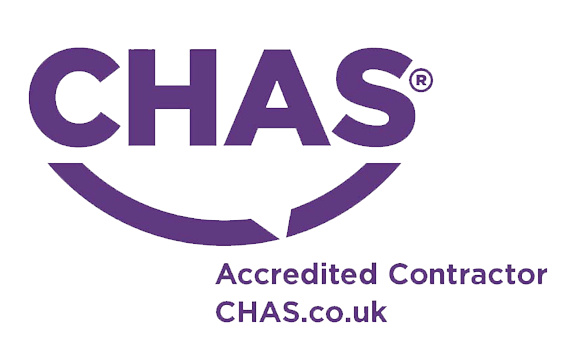
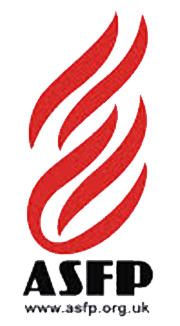





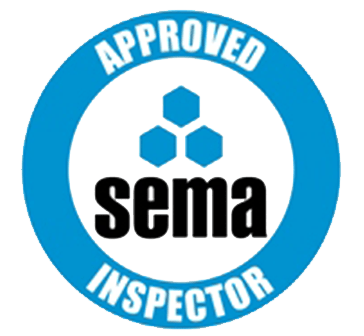

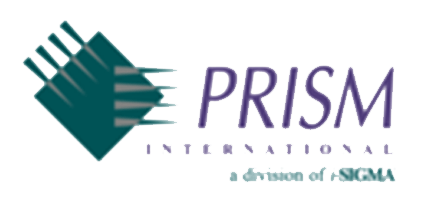

SpecUp - System Specification Wizard
Answer the 5 short questions below to receive your recommended Durasteel system specifications. Hover over the ? icons for a brief explanation.
Question 1/5
Type of system required?
Question 2/5
Fire rating required?
Question 3/5
Fire integrity-only or integrity and insulation?
Question 4/5
Fire attack risk from one side or both sides of the system?
Question 5/5
Blast rating required in addition to fire rating?
Creating your results page
Thanks for completing the SpecUp, you’ll be redirected to your results shortly.
Click here if you aren't redirected after a few secondsStart your project
Tell us about your project. Please complete this form. One of our sales team will come back to you with more details. If you prefer, you can drop us an email.
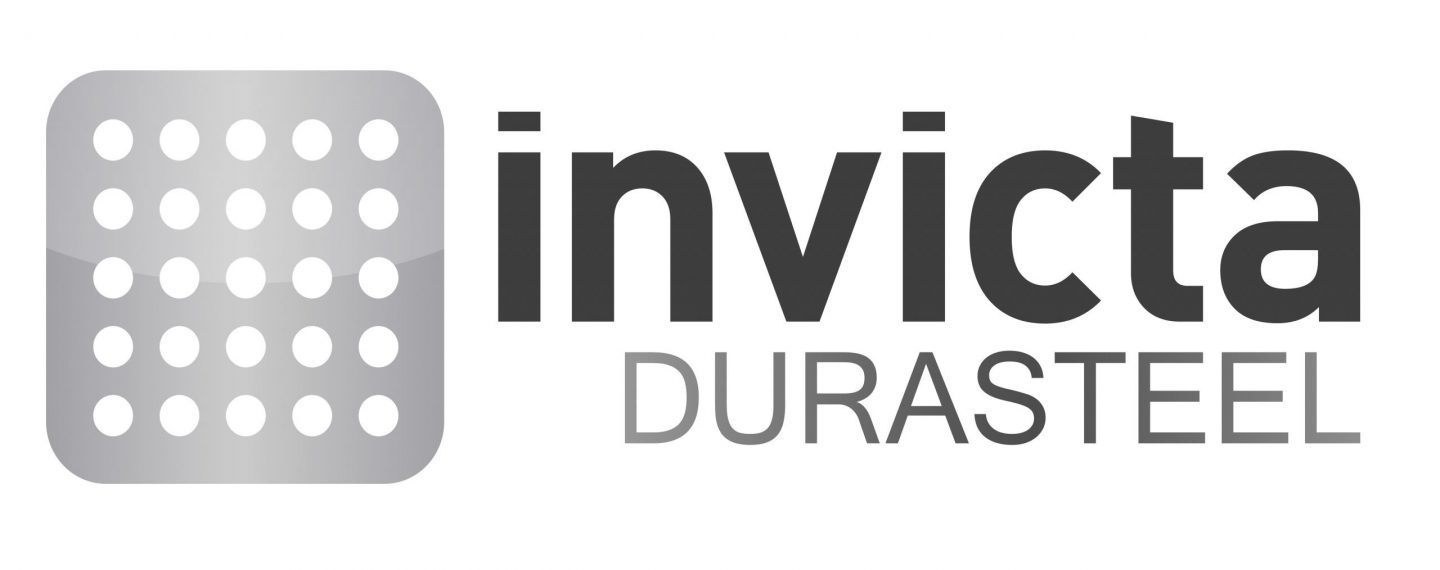

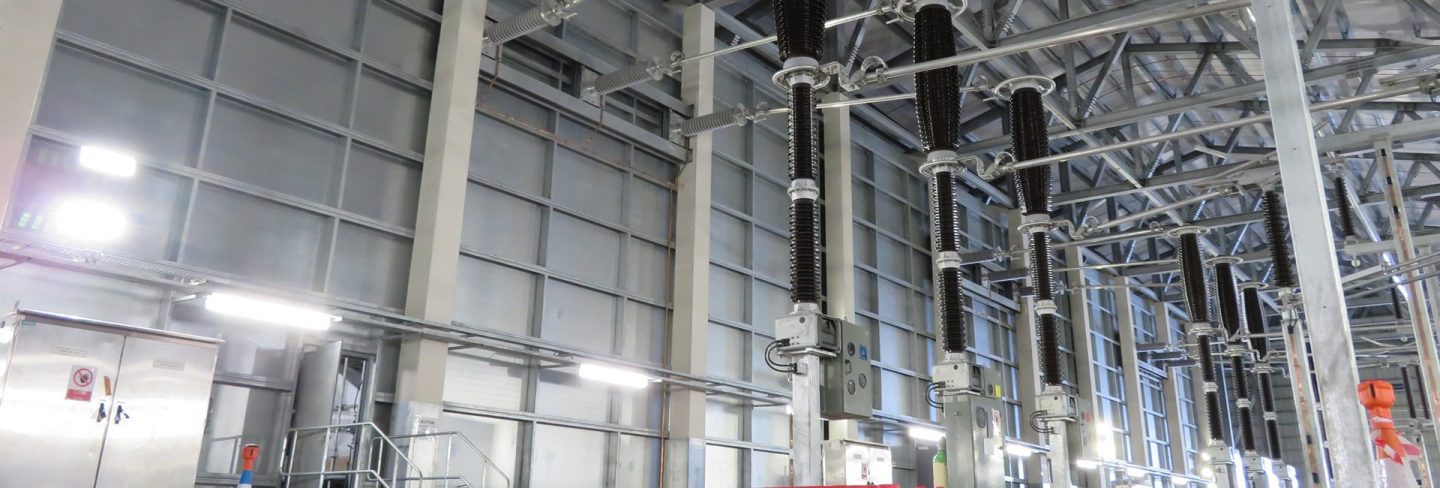
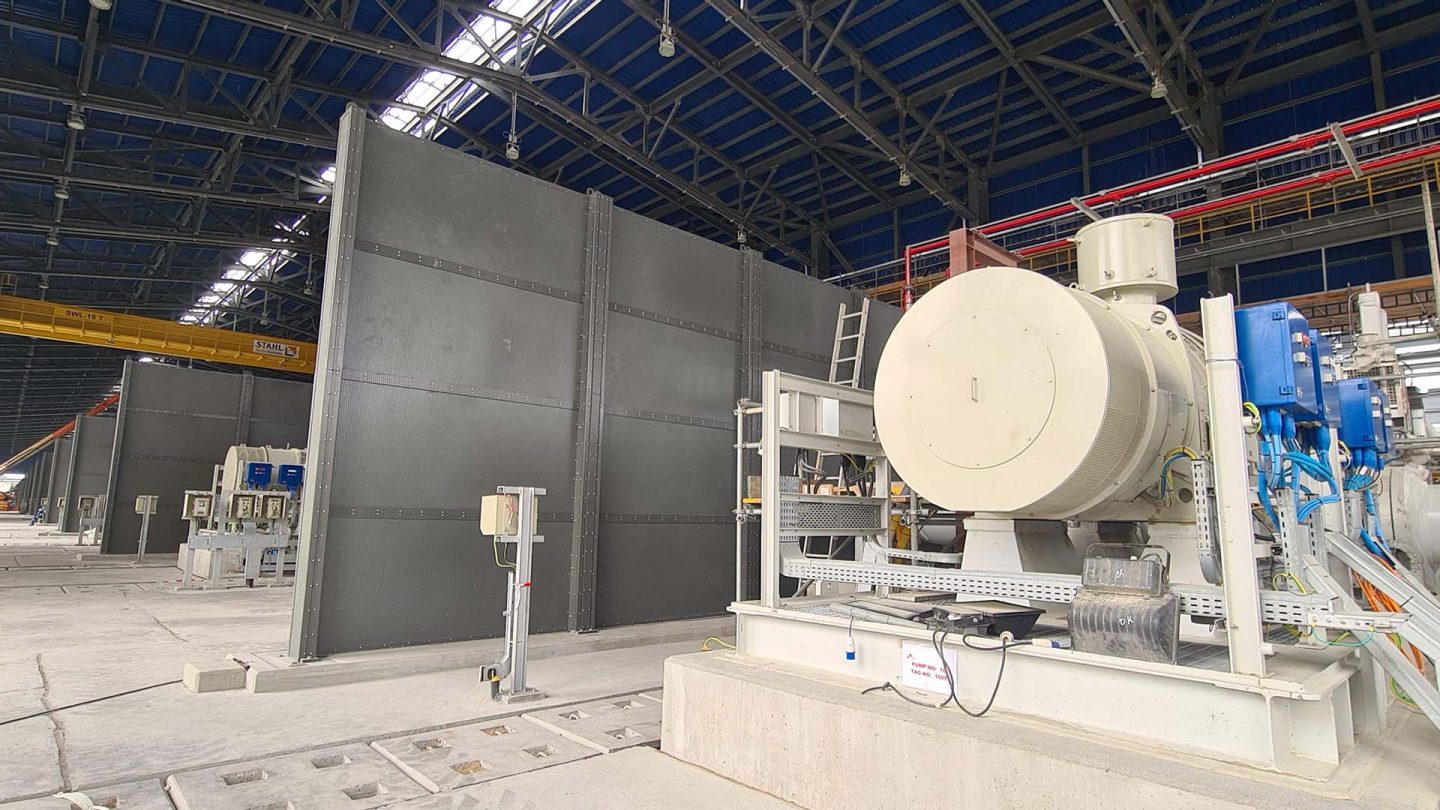
Share/Like this page